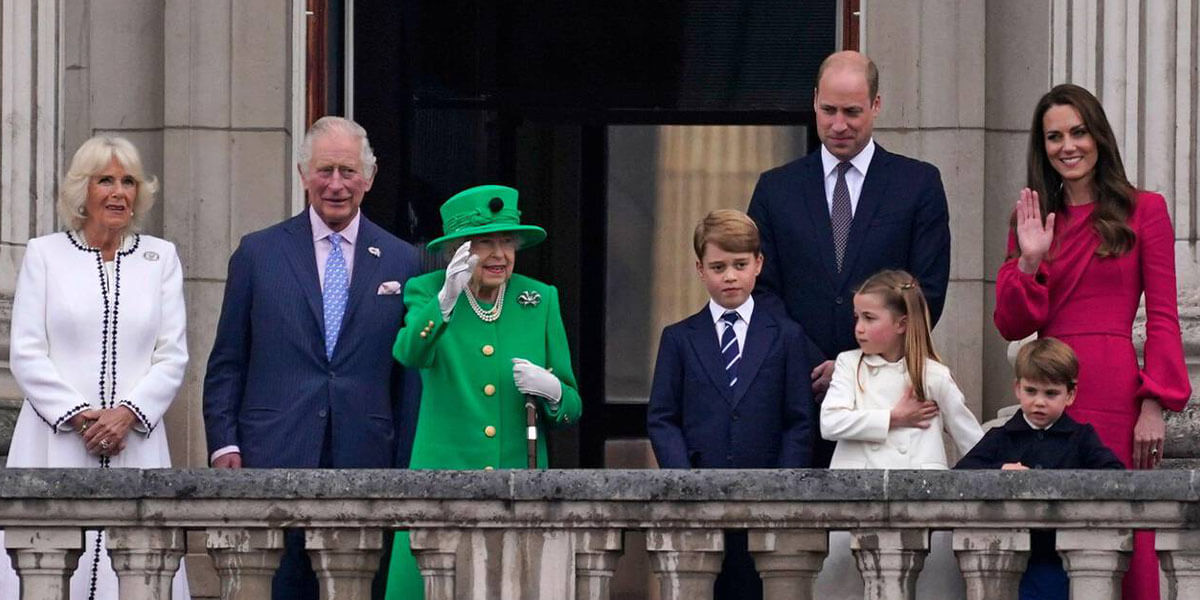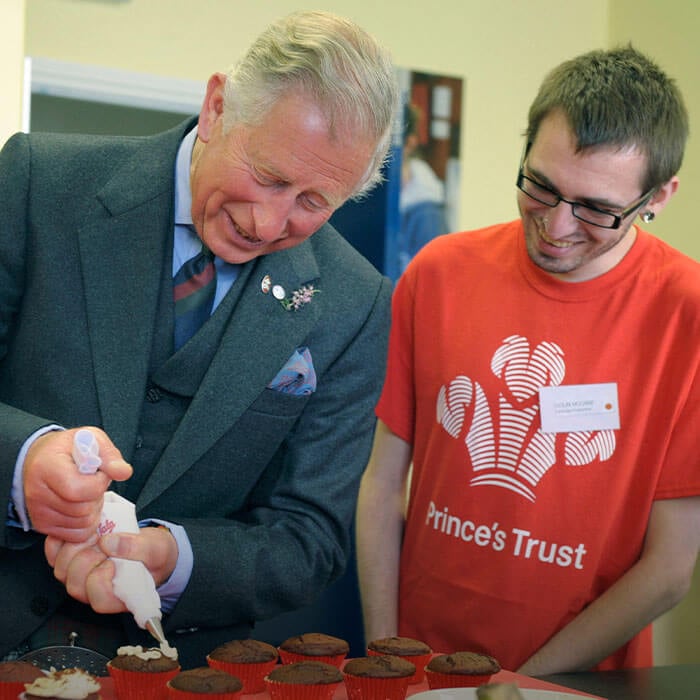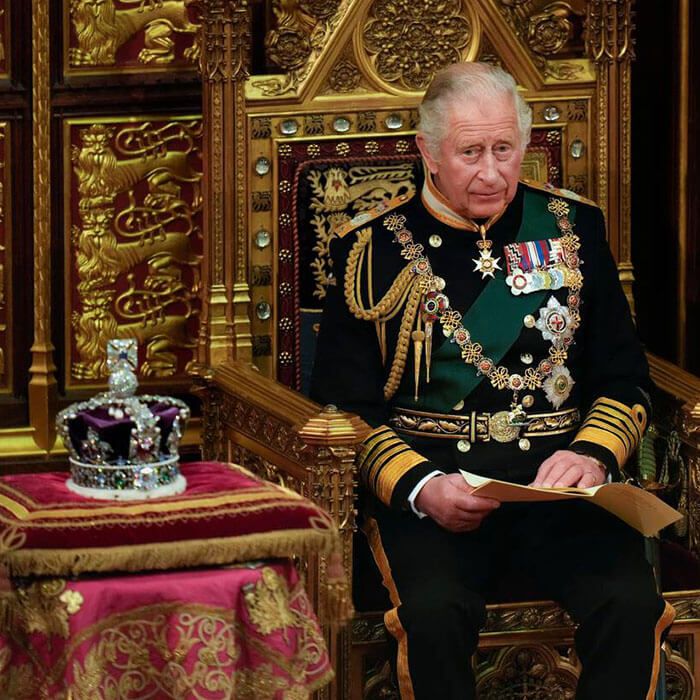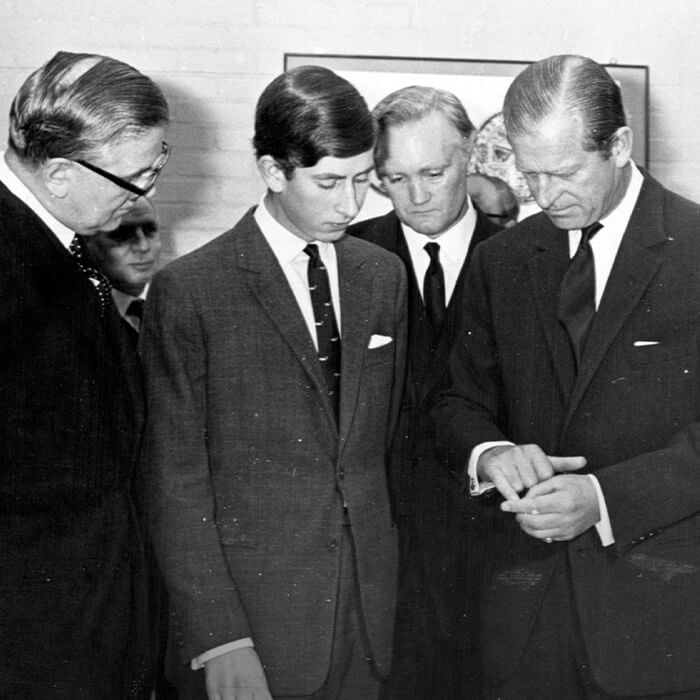After the sad passing of Her Late Majesty Queen Elizabeth II on 8 September 2022, His Majesty King Charles III acceded to the throne as monarch of the United Kingdom and became the Head of State for 14 countries, including The Bahamas, Jamaica, Grenada, and several more. His Majesty also became the Head of State for the British Overseas Territories that have the monarch as their Head of State, such as the Falklands. His Majesty was elected Head of the Commonwealth in 2018.
Born on 14 November 1948, Prince Charles was three years old when his mother became queen in 1952. Six years later, at nine years old, the young Prince Charles became The Prince of Wales although his investiture, held at Caernarfon Castle in North Wales, did not take place until 1969.
Studying Archaeology, Anthropology and History, he later graduated from the University of Cambridge, making him the first British monarch to graduate from university. As a student, His Majesty also served in the Royal Air Force and went on to join the Royal Navy once he had graduated from university.
Prior to his accession to the throne, the former longest-serving Prince of Wales was also Britain’s longest-serving heir apparent. Philanthropy has become one of the driving forces of his life and he used his severance pay of £7,400 from the Royal Navy, which he left in 1976, to fund 21 projects that later evolved into The Prince’s Trust. Established by The King during his tenure as The Prince of Wales, the charity helps young people across the UK. The Prince’s Trust also offers opportunities to help young people establish businesses, gives support to care leavers, and provides support to ex-offenders.
- A Timeline of the Life and Times of His Majesty King Charles III
- When will The Prince of Wales become king?
- What will the King Charles III era be called?
- The Family of His Majesty King Charles III
- How many monarchs have been named King Charles?
- A Modern King

When will The Prince of Wales become king?
His Majesty King Charles III acceded to the throne on 8 September 2022 following the sad passing of his mother, Queen Elizabeth II. Although His Majesty’s coronation will take place on 6 May 2023, he became king the moment his mother passed away. Typically, coronations take place between a few months to a year after the passing of a monarch to allow an appropriate mourning period.
A coronation is a symbolic formality that sees the monarch (also referred to as the sovereign) pledge an oath of service to the public. King Charles III has expressed a desire to demonstrate the modernisation of the British monarchy and has therefore chosen to have a shortened coronation that will be more reflective of modern Britain. The King has chosen to be crowned alongside his wife, Her Majesty The Queen Consort.

What will the King Charles III era be called?
King Charles III sees in a new Carolean era to follow the second Elizabethan era. The previous Carolean age began in 1660 after Charles II’s restoration to the throne, following the English Civil War that culminated in the execution of Charles I.
His Majesty’s choice to use the modern title of ‘Charles’ on his coinage instead of the Latin ‘Carolus’ associated with the coinage of Charles I and Charles II is just one example of the modernisations already evident in The King’s forward-looking reign.

The Family of His Majesty King Charles III
Queen Elizabeth II
Mother to King Charles III.
Queen Elizabeth II acceded to the throne in 1952 following the death of her father, George VI. During her reign, she became the longest-reigning monarch in British history, celebrating her Platinum Jubilee just a few months before her passing in September 2022.
Prince Philip
Father to King Charles III.
Also known by the title of The Duke of Edinburgh, Prince Philip was married to Queen Elizabeth II for 73 years before his passing.
Her Majesty The Queen Consort
Wife and Consort of King Charles III.
In 2005, Their Majesties King Charles III and The Queen Consort were married in a civil ceremony at St George’s Chapel in Windsor.
His Royal Highness The Prince of Wales
Eldest son of King Charles III.
Born William Arthur Philip Louis, The Prince of Wales is second in line to the British throne, and married to HRH The Princess of Wales.
Her Royal Highness The Princess of Wales
Daughter-in-law of King Charles III.
Born Catherine Elizabeth Middleton, The Princess of Wales married The Prince of Wales at Westminster Abbey in 2011.
His Royal Highness Prince George of Wales
First grandchild and grandson of King Charles III.
Prince George of Wales is The Prince and Princess of Wales’ eldest son and first-born child.
Her Royal Highness Princess Charlotte of Wales
Second grandchild and first granddaughter of King Charles III.
Princess Charlotte of Wales is The Prince and Princess of Wales’ daughter and second child.
His Royal Highness Prince Louis of Wales
Third grandchild and second grandson of King Charles III.
Prince George of Wales is The Prince and Princess of Wales’ youngest son and third child.
The Duke of Sussex
Youngest son of King Charles III.
Born Henry Charles Albert David, His Majesty’s youngest son is married to The Duchess of Sussex.
The Duchess of Sussex
Daughter-in-law of King Charles III.
Born Rachel Meghan Markle, The Duchess of Sussex married The Duke of Sussex, His Majesty’s youngest son, at St George’s Chapel, Windsor, in 2018.
Prince Archie
Fourth grandchild of King Charles III.
Prince Archie is The Duke and Duchess of Sussex’s son and eldest child.
Princess Lilibet
Fifth grandchild of King Charles III.
Princess Lilibet is The Duke and Duchess of Sussex’s daughter and youngest child.

How many monarchs have been named King Charles?
His Majesty King Charles III is the third ‘Charles’ to reign as king in Britain.
Charles I acceded to the throne on 27 March 1625 after his father, James I, passed away. Charles I was a staunch believer in the divine right of kings – the belief that he was chosen by God to rule as monarch. This belief led to many clashes with parliament, which culminated in the English Civil Wars. Charles I was executed after Oliver Cromwell and parliament tried him for treason, and the king was sentenced to death.
Several years elapsed before Charles II acceded to the throne in an official capacity. Following the events of the English Civil War, Oliver Cromwell established the Commonwealth and became the Lord Protector of the country in place of a monarch. Upon his death, Cromwell’s son succeeded him in the role, but he was shortly forced to resign after making a series of mistakes, as he had none of his father’s military or political experience.
Charles II lived in exile in Europe shortly before his father’s execution, leaving the country in 1646, before being invited back to take up his father’s mantle as monarch. Even though Charles II acceded to the throne in title on the death of his father, the monarchy wasn’t restored until 1660, to much rejoicing by the public.

A Modern King
King Charles III has already made history by becoming the longest-serving heir apparent in British history, the longest-serving Prince of Wales, and Britain’s oldest ascending British monarch at the age of 73, a record previously held by William IV. Following his accession to the throne in September 2022, His Majesty is dedicated to continuing the work of his mother as we embark on the third Carolean era in British history.
Related Articles

THE WORK AND INTERESTS OF HIS MAJESTY KING CHARLES III
Discover More





